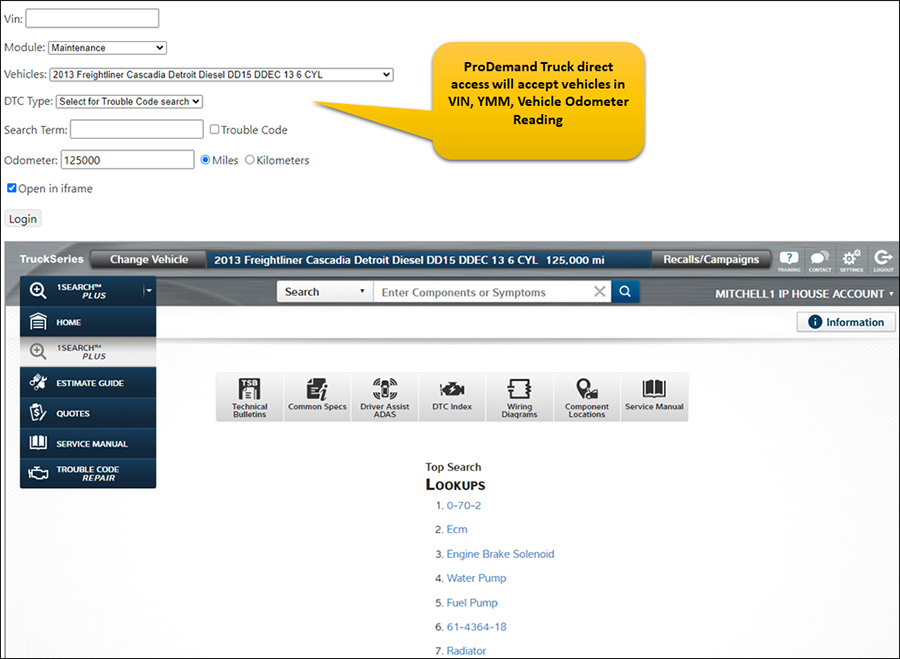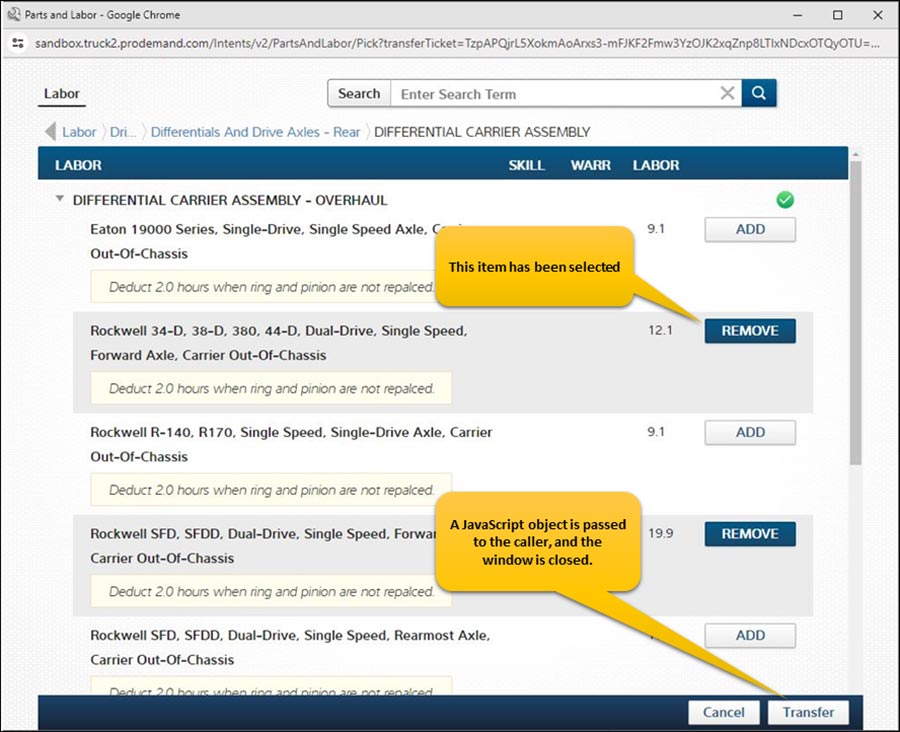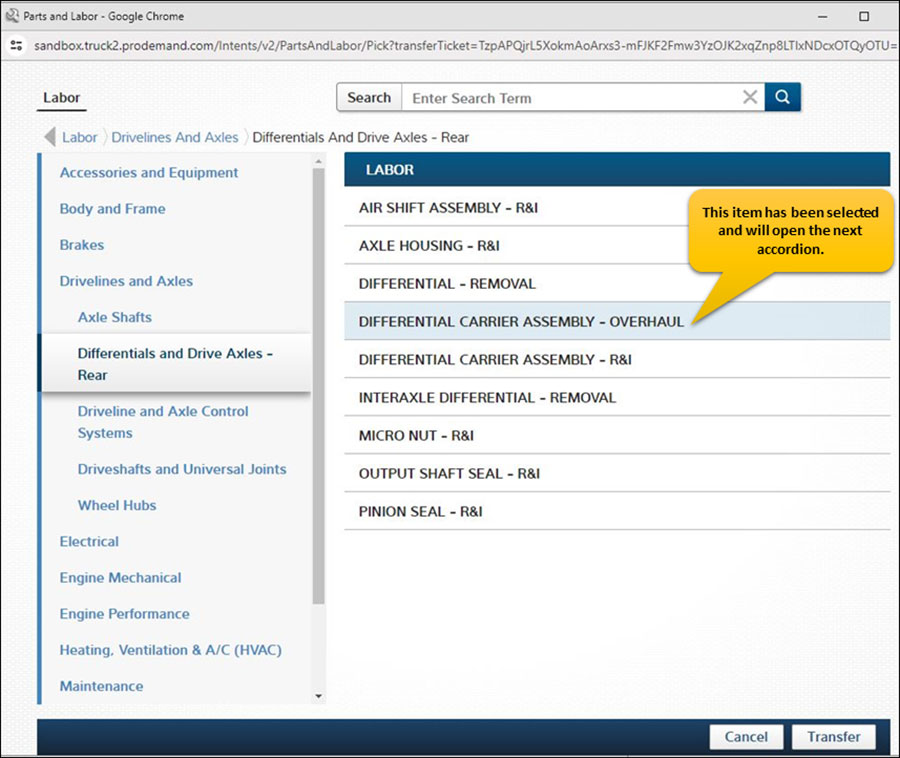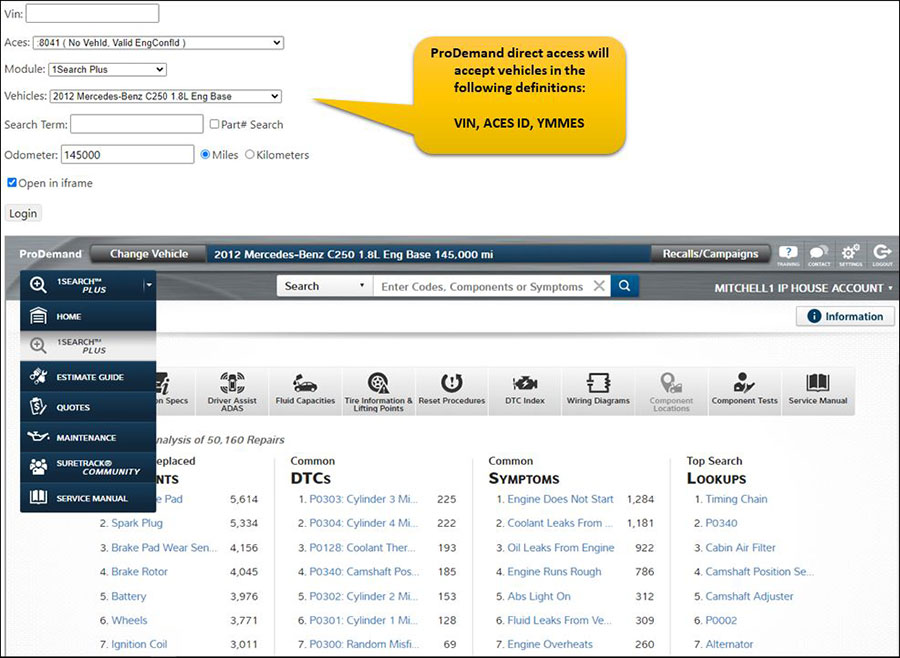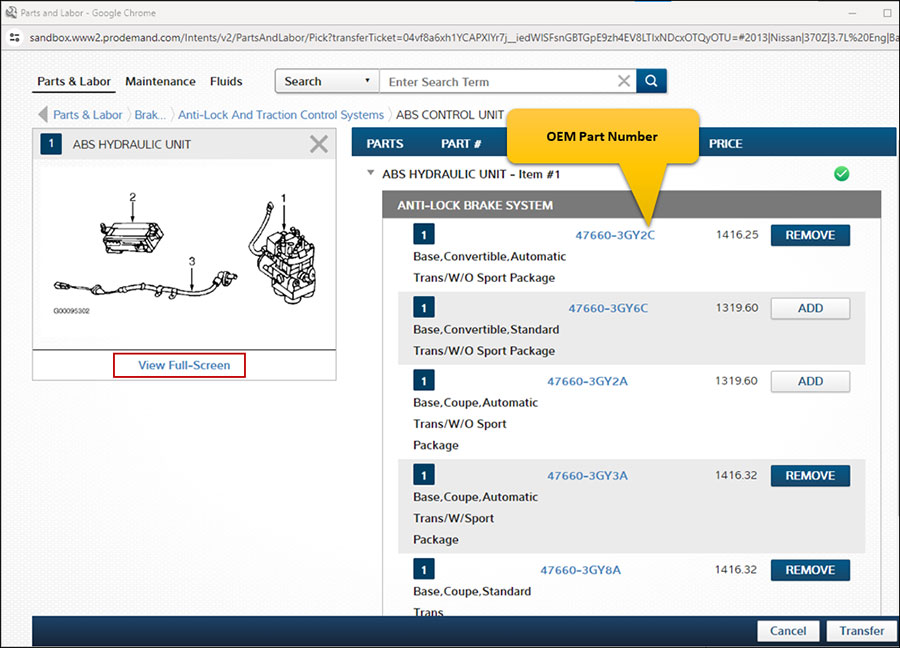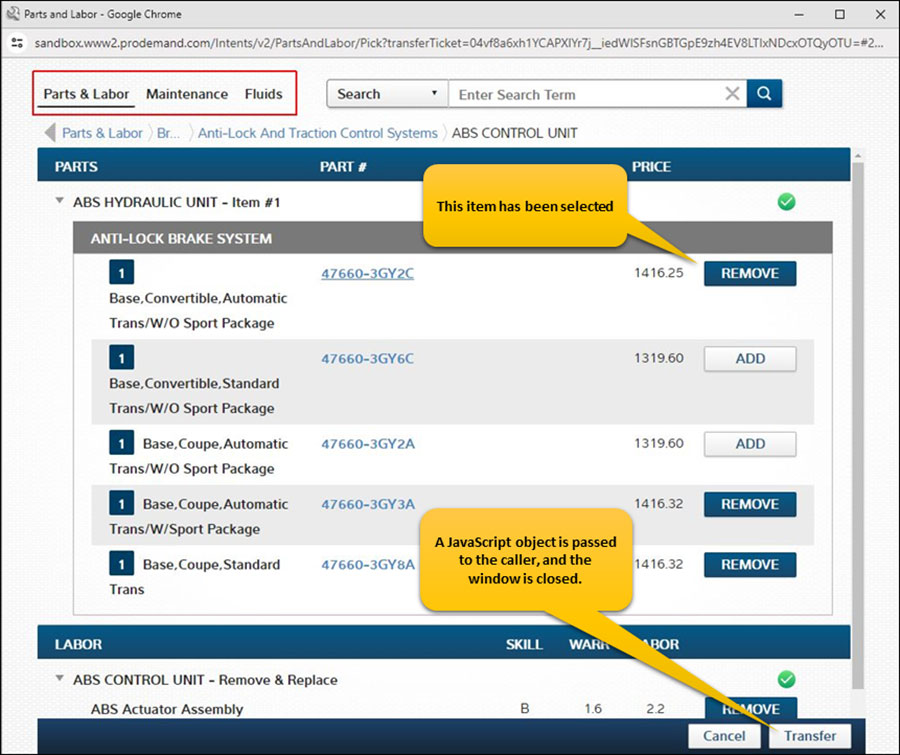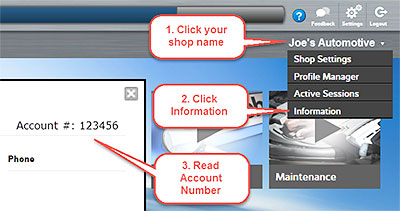
The tire pressure monitoring system (TPMS) warns the driver when a significant change of tire pressure occurs in any of the four tires and allows the driver to display the individual tire pressures and their locations on the driver information center (DIC) while the vehicle is being driven.
The TPMS uses the body control module (BCM), instrument panel cluster (IPC), DIC, a radio frequency (RF) transmitting pressure sensor in each wheel/tire assembly and the serial data circuit to perform the system functions.
When the vehicle is stationary and the sensor’s accelerometer internal is inactive, the sensors go into stationary mode. In this mode, the sensors sample tire pressure once every 30 seconds and transmit a stationary mode transmission only if the air pressure changes.
As vehicle speed increases, centrifugal force activates the internal accelerometer, causing the sensors to go into rolling mode. In this mode, the sensors sample the tire pressure once every 30 seconds and transmit a rolling mode transmission once every 60 seconds.
The BCM receives and translates the data contained in each sensor RF transmission into sensor presence, sensor mode and tire pressure. The BCM then sends the tire pressure and tire location data to the DIC via the serial data circuit, where they are displayed.
The sensors continuously compare their current pressure sample with their last pressure sample and will transmit in re-measure mode whenever a 1.2 psi change in tire pressure has occurred.
When the TPMS detects a significant loss or gain of tire pressure, the “CHECK TIRE PRESSURE” message is displayed on the DIC and the low tire pressure indicator is displayed on the IPC. Both the DIC message and IPC indicator can be cleared by adjusting the tire pressure to the recommended pressure and driving the vehicle above 25 miles per hour (40km/h) for at least two minutes.
The BCM also has the ability to detect malfunctions within the TPMS. Any malfunction detected will cause the DIC to display the “SERVICE TIRE MONITOR” message and flash the TPMS IPC bulb for one minute before illuminating it continuously each time the ignition is turned ON until the malfunction is corrected.
TIRE PRESSURE MONITOR WARNING INDICATORS
When the TPMS detects a significant loss of tire pressure, the “CHECK TIRE PRESSURE” message is displayed on the DIC and the low tire pressure indicator is displayed on the instrument panel.
Both the message and indicator can be cleared by adjusting the tires to their recommended pressures and driving the vehicle above 25 miles per hour (40 km/h) for at least two minutes. The tire pressure monitor indicator icon on the IPC will flash for one minute and then remain illuminated and the DIC will display the “SERVICE TIRE MONITOR SYSTEM” message if one or more of the tire pressure sensors or other system components has malfunctioned or if all of the sensors have not been programmed successfully. If warning indicators are still on, there is a problem in the TPMS. See appropriate manufacturer service information.
TPMS RESET PROCEDURES
NOTE: When the wheels have been rotated or a tire pressure sensor has been replaced, relearn the tire pressure sensors. When the TPMS detects a significant loss of tire pressure, the “CHECK TIRE PRESSURE” message is displayed on the DIC and the low tire pressure indicator is displayed on the instrument panel.
Both the message and indicator can be cleared by adjusting the tires to their recommended pressures and driving the vehicle above 25 miles per hour (40 km/h) for at least two minutes.
TIRE PRESSURE SENSOR RELEARN
NOTE: Once the TPMS learn mode has been enabled, each of the sensor unique identification (ID) codes can be learned into the BCM memory. When a sensor ID has been learned, the BCM sounds a horn chirp. This verifies the sensor has transmitted an ID and the BCM has received and learned it.
The BCM must learn the sensor IDs in the proper order to determine correct sensor location. The first learned ID is assigned to the left front, the second to the right front, the third to the right rear and the fourth to the left rear.
NOTE: Each sensor has an internal low-frequency (LF) coil. When the tool is used in the activated mode, it produces an LF transmission that activates the sensor. The sensor responds to a LF activation by transmitting in learn mode. When the BCM receives a learn mode transmission while in TPMS learn mode, it will assign that sensor ID to the location on the vehicle relative to the order in which it was learned.
NOTE: Sensor functions using pressure increase/decrease method. Each sensor takes a pressure measurement sample once every 30 seconds while in stationary mode. If the tire pressure increases or decreases by more than 1.2 psi from the last pressure measurement, another measurement will occur immediately to verify the change in pressure. If a pressure change has indeed occurred, the sensor transmits in learn mode.
When the BCM receives a learn mode transmission while in TPMS learn mode, it will assign that sensor ID to the location on the vehicle relative to the order in which it was learned.
NOTE: The learn mode will cancel if the ignition is cycled to OFF or if more than two minutes have elapsed for any sensor that has not been learned. If the learn mode is canceled before the first sensor is learned, the original sensor IDs will be maintained. If the learn mode is canceled for any reason after the first sensor is learned, all IDs are erased from the BCM memory and, if equipped, the DIC will display dashes for tire pressures.
If not utilizing a scan tool to initiate the relearn procedure, stray signals from other TPMS-equipped vehicles that are just driving by can be inadvertently learned. If any random horn chirps are heard from the vehicle while performing the learn procedure, most likely a stray sensor has been learned and the procedure will need to be canceled and repeated. Under these circumstances, performing the TPMS learn procedure away from other vehicles would be highly recommended.
In the event that a particular sensor activation does not cause the horn to chirp, it may be necessary to rotate the wheel valve stem to a different position due to the sensor signal being blocked by another component. Before proceeding with the steps below, verify that no other sensor learning procedure is being performed simultaneously within close proximity;tire pressures are not being adjusted on another TPMS-equipped vehicle within close proximity; and park brake switch input parameters are functioning correctly:
Read more:

